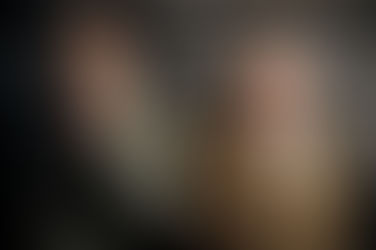Noughts & Crosses back at the Belgrade.
- Hilary Hopker

- Jan 25, 2023
- 2 min read

The company of Noughts and Crosses. Photo by Robert Day.
Noughts and Crosses, Belgrade Theatre. 24 January to 28 January 2023. Review by Hilary Hopker.
Imagine a world where society is divided into two classes based on their skin colour. The black Crosses have all the power, while the white Noughts are a subservient class not even allowed passports and mobile phones. Then you have the basic premise for this play, based on the award-winning novel series of the same name by author Malorie Blackman adapted for stage by Sabrina Mahfouz.
The play opened to a near packed theatre of sixth form drama students. Noughts and Crosses with its themes of segregation and oppression is now firmly on the curriculum, which might be a great reason to take your teen out to see it.
There is full-on drama from the start as tensions between the Noughts and the Crosses lead to arguments and protest. In between these warring factions lie two star-crossed lovers, the ‘Romeo and Juliet’ of the play, white Callum and black Sephy.
The first half is a relentless rollercoaster of violence and anger, in which Sephy and Callum try to maintain their secret friendship. Things come to a head when tensions lead to an act of terrorism with devastating consequences for everyone. All the actors provide incredibly strong performances, but James Arden is exceptional as Callum. Daniel Copeland who plays Callum’s father is also taken into the audience’s heart as he plays a man trying to do the right thing in a ‘wrong’ world.

James Arden as Callum and Effie Ansah as Sephy. Photo by Robert Day.
The set is minimal, composed as it is of a series of boxes, but it works hard, being at once a window, a cupboard and a TV screen. The use of TV footage gives the play a modern feel and reminds us of a world that is all too familiar.
The second half has moments of light relief, which by this point in the play is much needed. There’s more shock from the teen audience over the love scene than any of the preceding violence. This tender moment in a sea of violence is absolutely unexpected. There are so many morals to this tale that I’ll leave you to unpick your favourite ones, but the message ultimately is one of hope.
Thought provoking, this play even makes you question everyday items, such as skin-coloured plasters. It’s not an easy watch, but that’s very much the point.























Comments